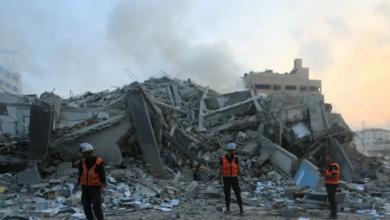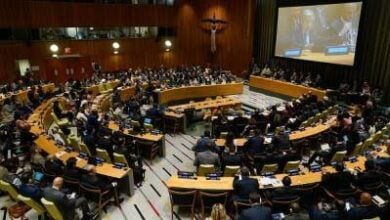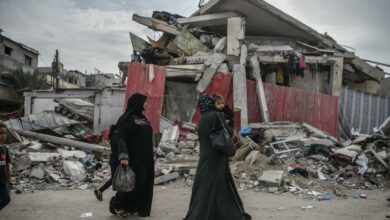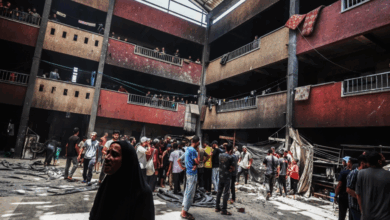Severe Water Crisis in Gaza: Less Than 7% of Pre-Conflict Levels Available
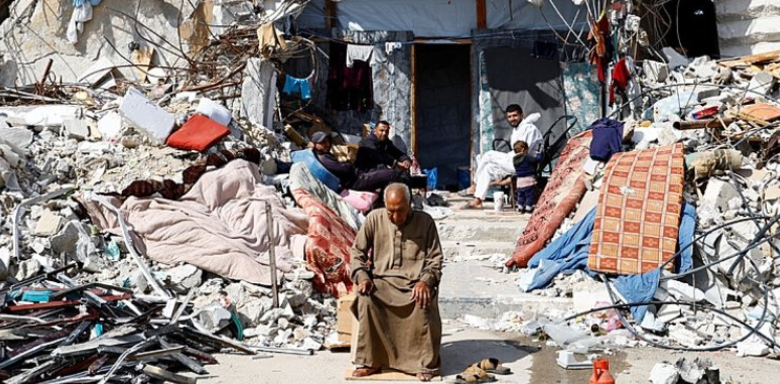
Oxfam reports a catastrophic water crisis in Gaza, with less than seven percent of pre-conflict water levels accessible to residents in North Gaza and Rafah, following extensive destruction of water infrastructure during the military conflict.
According to the report published on Reliefweb.int, nearly 1,700 kilometers of water and sanitation networks have been devastated, exacerbating health risks and the spread of waterborne diseases.
The ongoing humanitarian situation remains dire, as fragile ceasefire negotiations could be disrupted, leading to further public health disasters. Clémence Lagouardat, Oxfam’s Humanitarian Coordinator in Gaza, highlighted the severe impact on families, with many forced to walk miles for a single jerrycan of water. In North Gaza, almost all water wells have been destroyed, leaving over 700,000 people without adequate access to clean water.
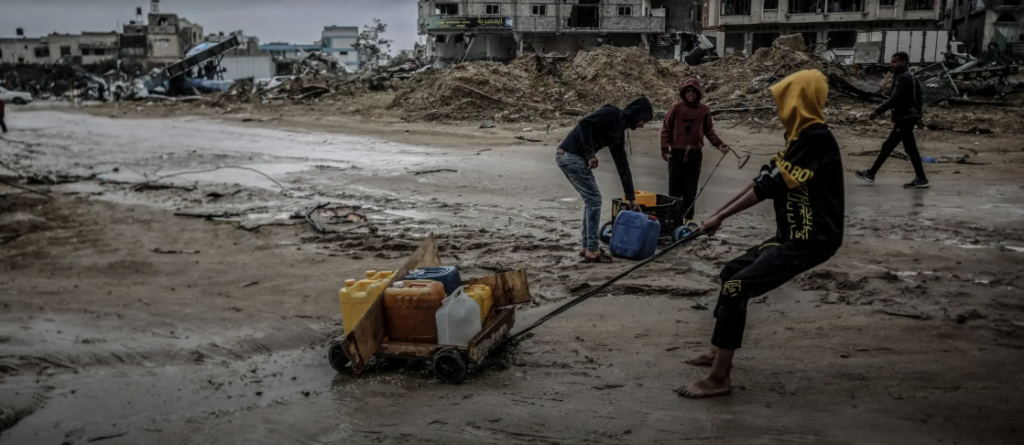
In Rafah, more than 90 percent of water wells are damaged, and operational capacity is critically low. Despite recent aid resumption, 60 percent of available water leaks due to damaged pipelines. The lack of safe water and untreated sewage has led to a surge in infectious diseases, including acute watery diarrhea and respiratory infections, particularly among children.
With over 2,000 tonnes of garbage accumulating daily and no waste collection, the situation poses an imminent risk of disease outbreaks. Oxfam stresses the urgent need for repairs and the flow of critical supplies to restore Gaza’s water and sanitation systems, emphasizing that lasting peace can only be achieved through a permanent ceasefire and equitable solutions.


